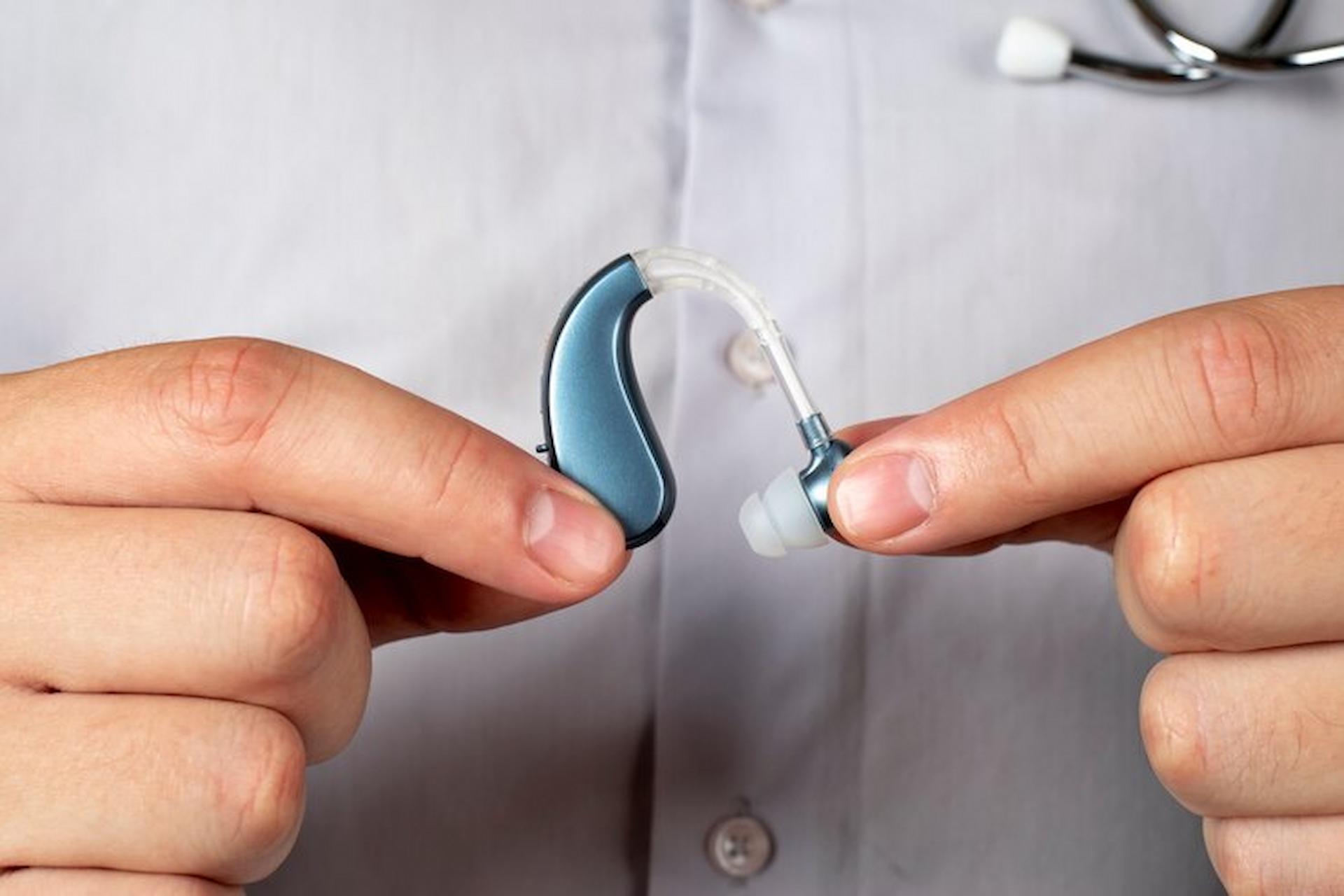Types of Hearing Aids: Choosing the Right One for You
Hearing loss can be challenging. It affects how you communicate and enjoy life. Hearing aids can help. But with so many types, how do you choose the right one? This guide will help you understand different types of hearing aids. It will also help you decide which one suits your needs best.
Understanding Hearing Loss
Before choosing a hearing aid, it’s important to understand your hearing loss. There are different levels of hearing loss, ranging from mild to profound. It can affect one ear or both. An audiologist can determine the type and level of your hearing loss and recommend the best hearing aid for you.
Types of Hearing Aids
There are several types of hearing aids. Each type has its own features and benefits. Here are the main types:
Behind-the-Ear (BTE) Hearing Aids
BTE hearing aids sit behind the ear. They have a tube that connects to an ear mold inside the ear canal. They are suitable for all ages and all types of hearing loss. BTE aids are easy to handle and clean. They also offer more features than smaller devices.
In-the-Ear (ITE) Hearing Aids
ITE hearing aids fit completely inside the outer ear. They are larger than in-the-canal devices but still discreet. ITE aids are easier to handle than smaller devices. You can wear them if you have moderate to severe hearing loss.. They also have a longer battery life.
In-the-Canal (ITC) Hearing Aids
ITC hearing aids fit partly in the ear canal and are less visible than ITE aids. You can wear them if your hearing loss is mild to moderate. Due to their size, ITC aids are small and can be hard to adjust and clean. They may also have fewer features.
Completely-in-Canal (CIC) Hearing Aids
CIC hearing aids fit completely inside the ear canal and are almost invisible. In cases of mild to moderate hearing loss, they may be helpful. They are minimal, which can make them hard to handle. There may be fewer features and a shorter battery life on these devices.
Invisible-in-Canal (IIC) Hearing Aids
IIC hearing aids are the most minor type. They fit deep inside the ear canal and are invisible to others. IIC aids are suitable for mild to moderate hearing loss. Due to their size, they can be hard to handle. They also have a short battery life and fewer features.
Features to Consider
When choosing a hearing aid, consider these features:
Directional Microphones
Directional microphones help you hear more clearly in busy areas. They focus on sounds in front of you and reduce background noise.
Noise Reduction
Noise reduction features make listening more comfortable. They reduce unwanted background noise, making it easier to hear speech.
Rechargeable Batteries
Some hearing aids come with rechargeable batteries. This feature is convenient and cost-effective in the long run.
Wireless Connectivity
Wireless connectivity allows hearing aids to connect to devices like phones and TVs. This feature can make using hearing aids more enjoyable.
Telecoil
A telecoil helps you hear better on the phone and in public places with hearing loop systems. This feature is available in many hearing aids.
Choosing the Right Hearing Aid for You
There are a number of considerations to make when selecting a hearing aid. Here are some tips to help you decide:
Consider Your Hearing Loss
The type and level of your hearing loss will affect your choice. An audiologist can help you understand your hearing loss and recommend suitable options.
Think About Your Lifestyle
Your lifestyle plays a big role in choosing a hearing aid. If you are active and spend time in noisy places, you might need a device with good noise reduction and directional microphones.
Evaluate Your Dexterity
Consider how easy it is to handle and adjust the hearing aid. Smaller devices can be hard to manage if you have limited dexterity.
Set a Budget
Hearing aids can be expensive. Set a budget and consider the long-term costs, including batteries and maintenance.
Visit a Hearing Clinic
A hearing clinic can offer professional advice and let you try different hearing aids. They can help you find the best fit for your needs and lifestyle.
Conclusion
An individual’s choice of hearing aid is paramount. It depends on your hearing loss, lifestyle, and preferences. Understanding the different types of hearing aids and their features can help you make an informed choice. Visit a hearing clinic to get professional advice and find the best hearing aid for you. Finding the right hearing aid can help you hear better and fully enjoy life.
